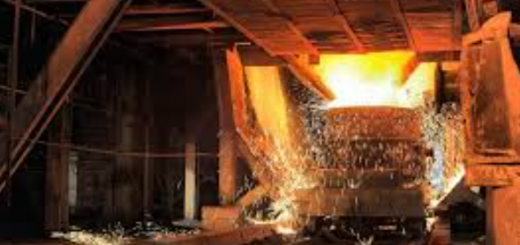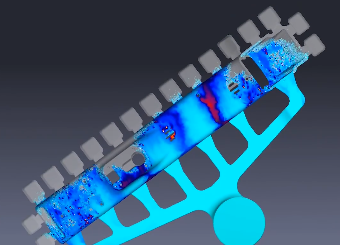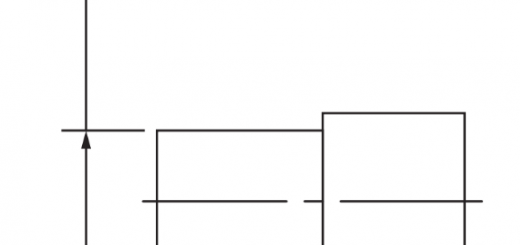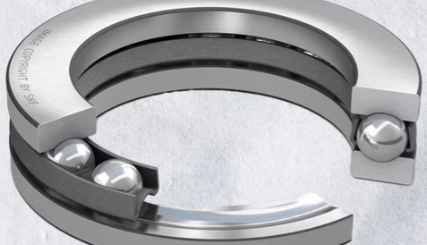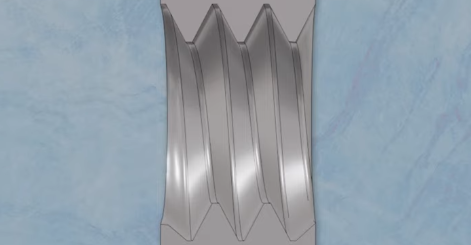Different Types of Pipe Threads: G vs NPT vs PT Threads
When it comes to piping systems, one of the most critical components is the thread that connects pipes to fittings, valves, and other equipment. Pipe threads are used to create a secure, leak-tight connection between two or more components, ensuring the integrity of the system. In this article, we will delve into the world of pipe threads, exploring the three main types: G, NPT, and PT, and discussing their differences, advantages, and disadvantages.
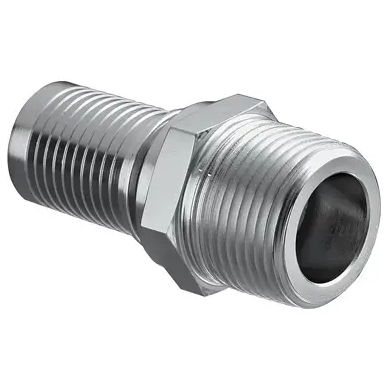
What are Pipe Threads and How are They Identified?
A pipe thread is a type of screw thread that is used to connect pipes and fittings. It is a helical ridge that is cut into the end of a pipe, allowing it to be screwed into a fitting or valve. Pipe threads are identified by their nominal size, which is the diameter of the pipe, and their thread type, which is designated by a letter or abbreviation.
Three Main Types of Pipe Threads: G, NPT, and PT
There are three primary types of pipe threads: G, NPT, and PT. Each type has its own unique characteristics, advantages, and disadvantages.
1. G – 55° Non-Sealing Thread
The G thread is a non-sealing, cylindrical thread that is used for general-purpose applications. It is commonly used in Europe and is known for its simplicity and ease of use. The G thread has a 55° thread angle and is available in a range of sizes from 1/8″ to 6″.
Advantages:
– Easy to use and install
– Simple design makes it easy to manufacture
– Available in a range of sizes
Disadvantages:
– Not suitable for high-pressure applications
– Not designed for sealing, which can lead to leaks
2. PT – 55° Sealing Thread (BSPT)
The PT thread, also known as the BSPT (British Standard Pipe Taper), is a sealing thread that is used for high-pressure applications. It is commonly used in the UK and is known for its reliability and leak-tight connections. The PT thread has a 55° thread angle and is available in a range of sizes from 1/8″ to 6″.
Advantages:
– Designed for high-pressure applications
– Provides a leak-tight seal
– Reliable and durable
Disadvantages:
– More complex design makes it more difficult to manufacture
– Not suitable for low-pressure applications
3. NPT – 60° Sealing Thread
The NPT thread, also known as the National Pipe Taper, is a sealing thread that is used in North America. It is similar to the PT thread but has a 60° thread angle, which provides a more secure connection. The NPT thread is available in a range of sizes from 1/8″ to 6″.
Advantages:
– Provides a more secure connection than the PT thread
– Designed for high-pressure applications
– Reliable and durable
Disadvantages:
– More complex design makes it more difficult to manufacture
– Not suitable for low-pressure applications
G vs NPT vs PT Thread, What Are the Differences – Comparison of G, NPT, and PT Threads
When it comes to choosing the right pipe thread, it’s essential to understand the differences between G, NPT, and PT threads. The G thread is a non-sealing, cylindrical thread that is suitable for general-purpose applications, while the NPT and PT threads are sealing threads that are designed for high-pressure applications.
1. Thread Angle
– G standard (BSPT): 55°
– PT standard: 55°
– NPT standard: 60°
2. Use of Sealing Compound
– G standard: No sealing compound, relies on physical tightening for sealing
– PT standard: Thread surface is coated with sealing compound for sealing
– NPT standard: Sealing tape is used in the thread gap for conical sealing
3. Applicable Range
– G standard: Primarily in the UK and some British Commonwealth countries
– PT standard: Primarily in France and some European countries
– NPT standard: Primarily in North America
4. Design of Thread Pitch
– G standard and PT standard are cylindrical threads
– NPT standard adopts a tapered design, with thread gap increasing with depth
5. Ease of Processing
– G standard is the easiest to process and connect
– PT standard requires a higher degree of precision and is difficult to process
– NPT standard has moderate difficulty in taper processing
6. Sealing Performance
G standard has the worst sealing performance, the PT standard is better, and the NPT standard has stable effects.
Which one to choose?
– G thread is used for low-pressure applications, such as in plumbing and HVAC systems.
– NPT thread is used for high-pressure applications in North America, such as in industrial and commercial piping systems.
– The PT thread is suited for high-pressure applications in the UK and other countries that use the BSPT standard. The inner wall of the PT pipe thread is coated with a layer of anti-corrosion sealing compound, which effectively prevents thread corrosion caused by long-term soaking in water or other fluids. The sealing compound between the threads allows it to form a tight seal under high pressure, meeting the requirement of no leakage in water and gas pipelines.
Taper Thread vs Straight Thread: Which is Better?
The tapered pipe thread, used in NPT and PT threads, provides a more secure connection than the straight thread such as G threads. The tapered thread’s shape creates a tighter seal, which reduces the risk of leaks and increases the reliability of the connection. However, the straight thread is simpler and easier to manufacture, making it a more cost-effective option.
Pipe Thread Manufacturing (CNC Machining) Process
– CNC Drilling: CNC drilling machines are used for drilling the outer threads of pipe bodies, which can automatically complete the thread drilling process. This is one of the most common methods for pipe thread processing.
– CNC Milling: shaping the outer surface of pipe bodies, forming standard thread shapes. This method is more precise and has better surface quality compared to drilling.
– 5 Axis CNC Machining: using CNC machine tools with five-axis motion capabilities, pipe bodies are fixed on the rotary arm, and other axes complete milling, cutting, and other processes. This method is suitable for processing complex thread shapes.
– CNC Electrical Discharge Machining (EDM): removing materials from the surface of pipe bodies through electrical discharge, forming thread shapes. This method is suitable for conductive materials such as stainless steel.
– CNC Rotary Cutting: similar to CNC milling, but using cutters for cutting through the entire thread shape. Suitable for both metal and non-metal materials.


